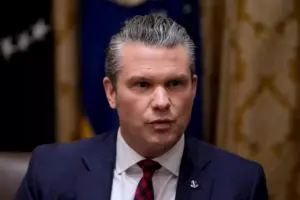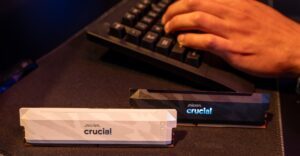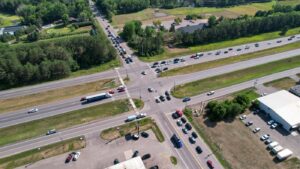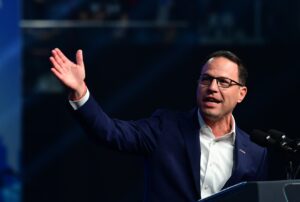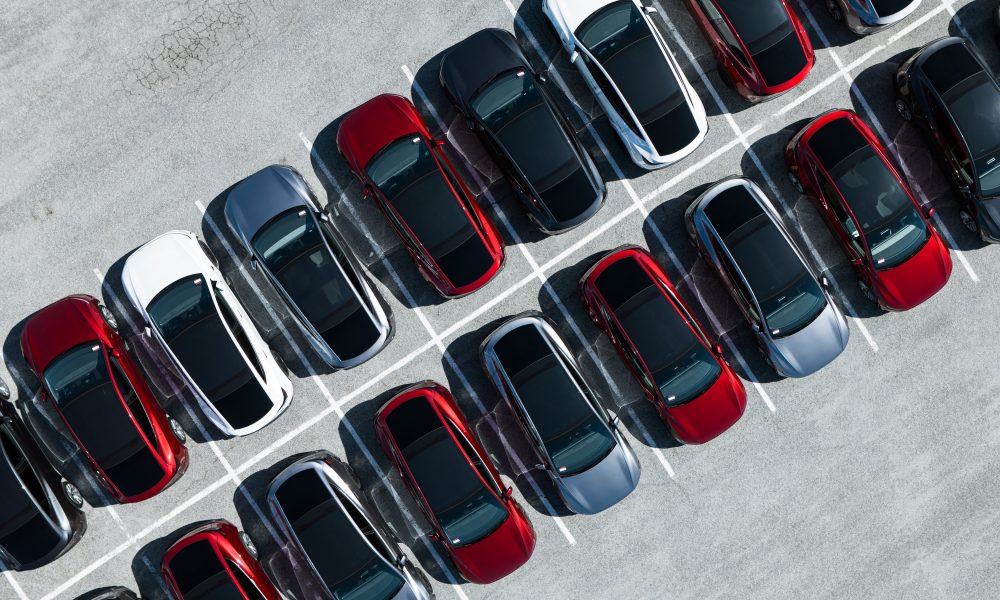
Tesla has announced an expansion of its Robotaxi fleet in Austin, Texas, enhancing its service area and increasing the number of vehicles available for driverless ride-hailing. Although the company has not disclosed the exact number of operational vehicles, the growth marks a significant step in Tesla’s efforts to establish itself in the autonomous transportation market.
On June 22, 2025, Tesla began its Robotaxi operations in Austin, initially launching with a modest fleet of between ten and twenty vehicles. This limited rollout was designed to ensure safety while the company navigated the complexities of offering driverless rides in a new location. Despite the increase in service area, the precise size of the Robotaxi fleet remains unclear, with Tesla providing only vague hints about the current number of active vehicles.
Expansion of Service Area
Recently, Tesla expanded its geofence for the third time, significantly increasing the service area from 91 square miles to 173 square miles. This expansion now includes not only downtown Austin but also suburbs, the airport, and the Gigafactory Texas. The increased coverage allows more residents to access the Robotaxi service, which has generated interest among potential riders.
The company mentioned it has increased the number of cars available by 50 percent, further indicating its commitment to meeting growing demand. On August 27, 2025, Tesla’s Robotaxi account tweeted, “Increased service area from 91 to 173 sq miles. Also increased # of cars available by 50%.” This announcement suggests that the company is actively working to ensure that enough vehicles are on the road to accommodate passengers.
Concerns and Skepticism
Despite these advancements, skepticism surrounds Tesla’s Robotaxi platform. Critics often cite the presence of a safety monitor in each vehicle as a sign of potential risks. Additionally, the lack of transparency regarding the fleet size raises questions among consumers and industry observers. While Tesla has successfully expanded its service area, the growing number of people allowed to hail a Robotaxi underscores the urgency for a larger fleet.
Some analysts estimate that the Robotaxi fleet could consist of anywhere from 30 to 75 vehicles, although this figure may include cars operating in the Bay Area. Elon Musk has previously stated that Tesla is working to increase the Bay Area fleet to over 100 vehicles. As the service area in Austin continues to broaden, stakeholders hope for clearer communication regarding the fleet size in the upcoming weeks or months.
In summary, Tesla’s ongoing expansion of its Robotaxi service in Austin reflects its ambition to lead in the autonomous vehicle market. The company is not only increasing its operational area but also attempting to build a robust fleet to meet consumer demand. As developments unfold, many will be watching closely to see how Tesla navigates these challenges and opportunities in the rapidly evolving transportation landscape.
